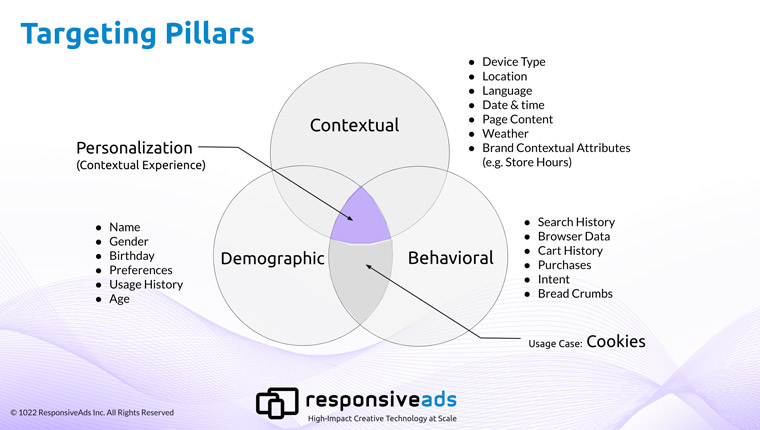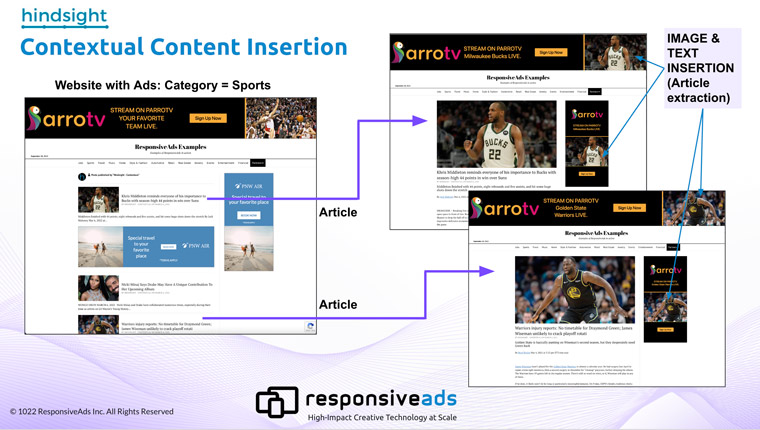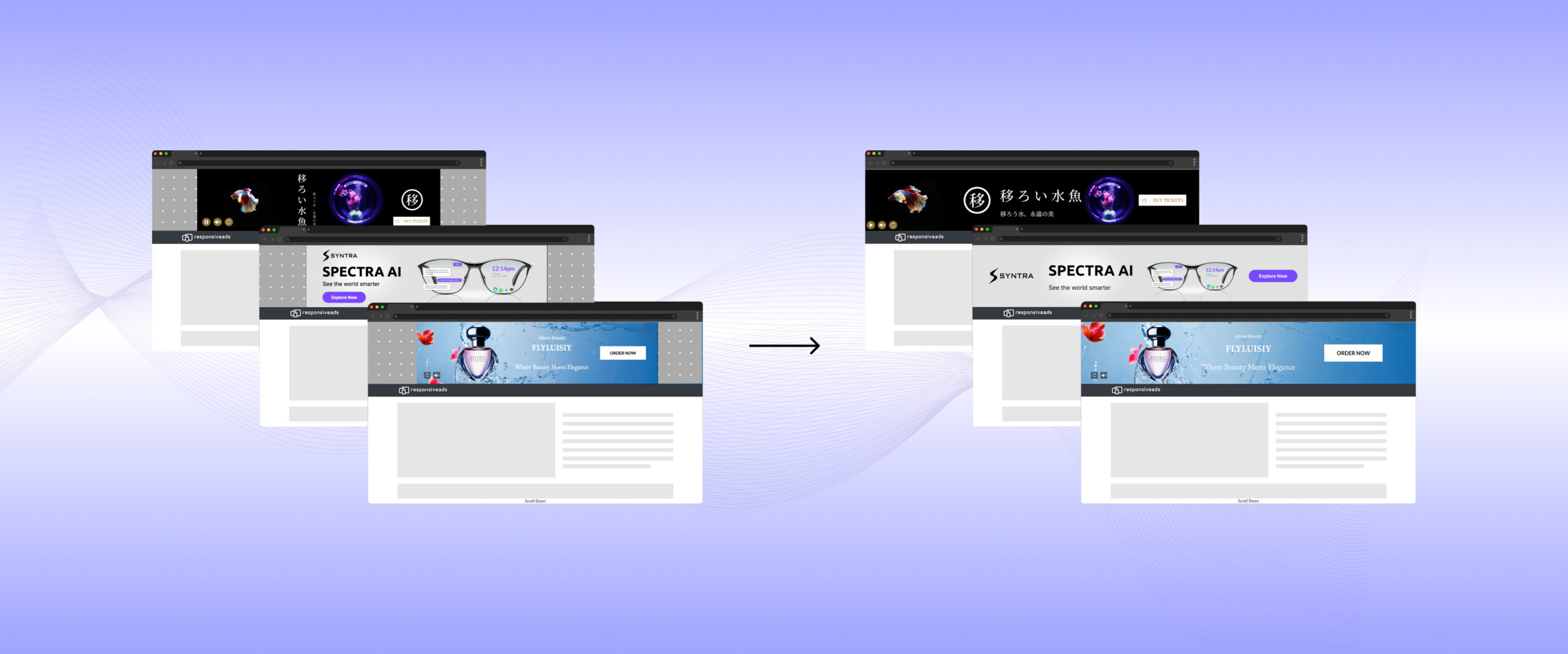Weather-related ads show power of contextual advertising
By ResponsiveAds - Dynamic
The opportunity for local publishers to use contextual ads is enormous. According to a report by GumGum, 61% of ad publishers in the United States use contextual ads, and 24% of advertisers are looking to expand their budgets in this area.
The old expression “content is king” has evolved and is now paraphrased as “context is king.” As smart mobile services and technologies transform the relationship between brands and their users, the power is firmly placed back in the hands of the consumer. The contextual “how, when, where, and what” content we consume and communicate has become as important as the actual content being delivered.
Effectively, context is everything. Context is king.
The wave of contextual advertising is here. According to Global Industry Analysts Inc, the pandemic’s aftermath affected revenue, and there have been strong gains in contextual advertising. Although 41% is location-based contextual advertising, in-page ads are still showing growth of US$200 billion worldwide in 2022 with forecasts of US$335.1 billion by 2026.

Targeting consumers with personalisation techniques will become the holy grail of relevancy and engagement, with the core building block of context as the foundation of a data strategy for publishers. This must be fundamentally based on observing privacy requirements for both regulated and consumer-driven strategies.
The path to get there can be formed from these three pillars of data strategies and targeting, plus the key input and customisation by the consumer.
The key three pillars of targeting and personalisation are:
- Behavioural targeting: This tracks online usage, which determines the user’s likes, interests, and intent. Search advertising has been a big enabler of behavioural targeting.
- Contextual targeting: This has traditionally used the content and information gathered when users access the page or app.
- Demographic targeting: This statistical information about the category of user, wealth, and gender is submitted by forms via pages or stored by most publishers.

Contextual strategies
Demographic and behavioural targeting was highly based on past and present cookie data strategies. The question of first-party data strategies, identity, and new targeting solutions for publishers will become an important area of consideration as the depreciation of the cookie finally happens in 2023 and beyond.
For example, almost two-thirds (65%) of app developers are looking for new ways to target users without IDFA (an identifier for advertisers), cookies, or data privacy issues. That’s according to research from advertising tech company Bango, which surveyed more than 300 app developers and marketers on the changing landscape of app user acquisition.
A key theme during this transition for local publishers will be their ability to understand and embrace context more than ever with the right platforms and systems put into place.
The status quo of context for advertising has been to match page content with the same themes as the advertisement. Google AdSense was one of the earliest forms of contextual engines. With the evolution of first party collection, ad servers now see opportunities with geotargeting and granular local location targeting (such as geofencing) and targeting based on device and platform, date and time, and even language.
As location-based targeting takes off with the growth and acceleration of mobile, this strategy is very familiar for local publishers. And many have already clearly embraced a local content and advertising strategy. Programmatic back-fill of local ads continues to be better and cross-device matching for context has also become a mainstream enabler.
When it comes to the basics of context, we see a natural evolution of sponsored content and a richer matching content to ads.
Here is an example from the context platform Hindsight Solutions. For many topics such as entertainment, jobs, sports, and travel, the text keyword content can be integrated into the ad as well as the actual images themselves.


Local publishers: weather context
Weather content is very important to a local media company’s content strategy.
Have you thought of using “weather” as a condition for dynamic ad creative? What does that mean? Just because it is snowing outside, will having snow in the ad really enable the consumer to mentally connect the dots? Dynamic creative optimisation can carry two different approaches of being in the right place at the right time, but the real advantage is context.
It is all in the messaging and how that content is presented. What makes the context to weather so interesting and important is the messaging and creation of the content itself. This could be a key skill developed by local publishers to support their local advertisers in building weather-based creative and campaigns.
For example, if it is snowing outside, users may be a bit chilled. They will be wearing heavy clothes and looking for warm food or drink.
Take this example for a coffee ad and the deliciousness of different types of preparation methods and designs for the context of introducing a coffee brand or even a local coffee shop campaign.


In summary
Contextual advertising is the future for the cookie-less Web. It can be a great differentiator for local publishers as part of a clear next-generation ad strategy. Next-generation in-page content insertion and weather offer so many unique integrated possibilities for innovation and attention-grabbing creativity for your consumers that your partner brands may love as well.










